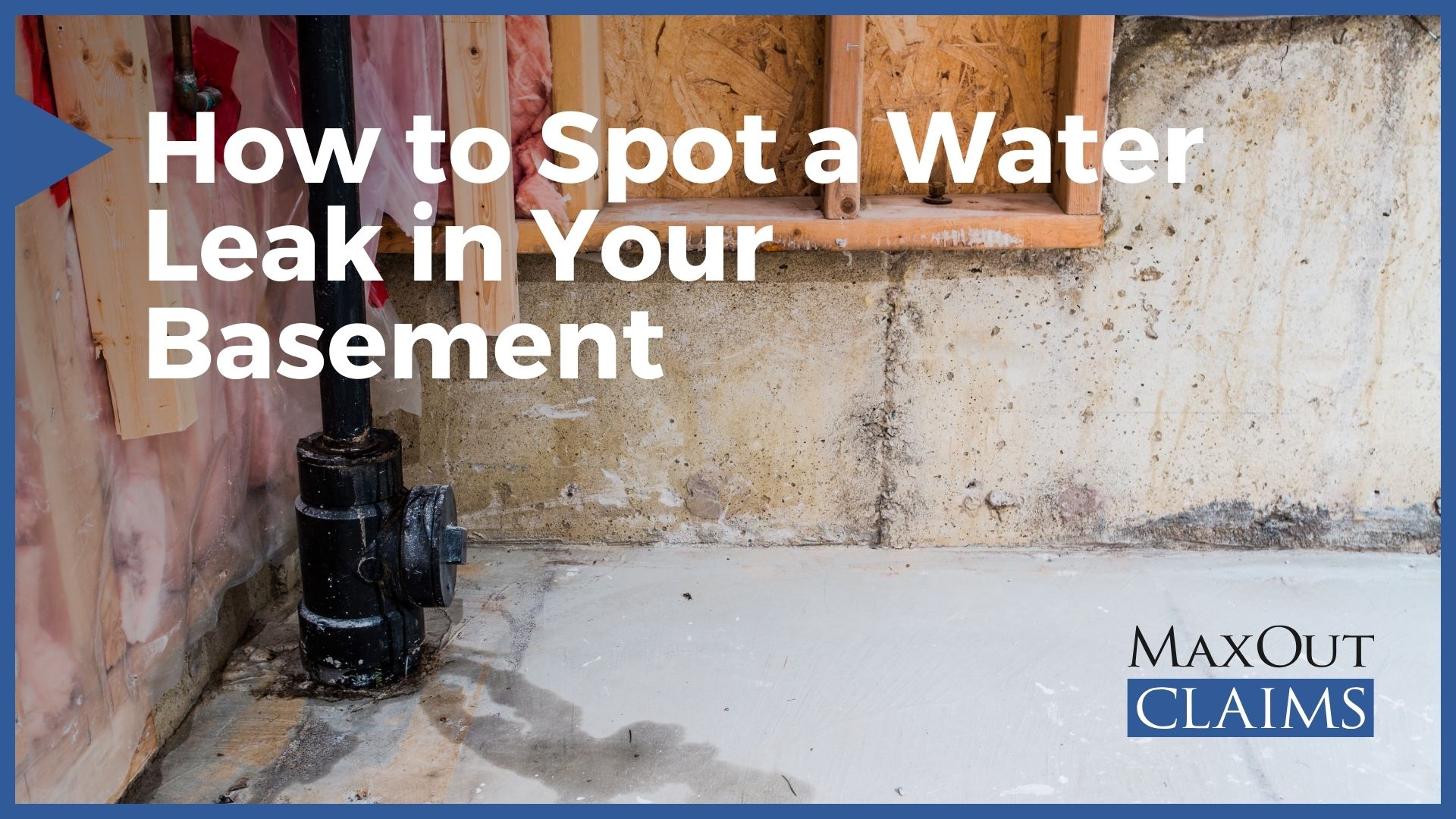Basement water leaks can cause serious damage, from structural issues to mold growth. Early detection is key to preventing costly repairs and maintaining a healthy home environment. If you suspect a leak in your basement, here are some things to look for and how to address it.
Visible Water or Dampness
The most obvious sign of a leak is visible water pooling on the floor or damp spots on walls. Examine the entire basement floor, especially around the edges and corners where water might collect. If you notice damp patches or standing water, investigate further to pinpoint the source.
Discoloration or Stains
Water leaks often leave behind discoloration or stains on surfaces. Check your basement walls, floors, and ceiling for yellowish, brown, or greenish stains. These can indicate a leak in the roof, plumbing, or foundation. Pay special attention to areas near the foundation’s pipes, windows, or seams.
Musty Odor
A persistent musty or earthy smell is a telltale sign of water intrusion and mold growth. The odor suggests moisture is present even if you don’t see water. This could be from a hidden leak or lingering dampness.
Mold or Mildew
Inspect your basement for signs of mold or mildew. These fungi thrive in moist environments and often appear as black, green, or white spots on walls, floors, or stored items. Mold can spread quickly and pose health risks, so spotting it early is crucial.
Cracks in the Walls or Foundation
Cracks in your basement walls or foundation can act as entry points for water. Look for both horizontal and vertical cracks, particularly those wider than a hairline. Small cracks might only need sealing, but larger ones could signal structural issues requiring professional attention.
Efflorescence
Efflorescence is a chalky white residue that appears on concrete or brick surfaces. It forms when water seeps through the walls, carrying dissolved salts that remain as the water evaporates. While efflorescence itself isn’t harmful, it indicates moisture infiltration.
Leaky Pipes or Fixtures
Inspect all visible plumbing in your basement, including pipes, valves, and fixtures. Look for dripping water, corrosion, or condensation on pipes, which could indicate a leak. Don’t forget to check around water heaters, sump pumps, and laundry connections.
Condensation
Sometimes, condensation appears to be a leak. It occurs when warm, moist air contacts cool basement surfaces. Check for condensation on windows, pipes, or walls. If condensation is the issue, improving ventilation or using a dehumidifier may help.
Check Exterior Drainage
A water leak in your basement might originate from outside. Check for clogged gutters, downspouts that don’t direct water away from the foundation, or sloped ground that channels water toward the house. These issues can cause water to seep into your basement.
Inspect Hidden Areas
Don’t overlook hidden or less accessible areas. Move furniture, storage boxes, and other items to check for water damage behind them. Also, inspIfment has them, as tcrawl spaces, inspect hese areas are prone to leaks.
Tools to Assist Your Search
- Flashlight: To inspect dark corners and hidden areas.
- Moisture Meter: To detect dampness that may not be visible.
- Infrared Camera: To spot temperature variations that could indicate a hidden leak.
What to Do if You Find a Leak
- Small Leaks: For minor leaks, sealing cracks with waterproof epoxy or applying a concrete sealer can often resolve the issue.
- Plumbing Leaks: Tighten loose fittings or replace damaged pipes. If the problem persists, contact a licensed plumber.
- Drainage Issues: Ensure clear gutters and downspouts, and regrade the landscape to direct water away from the foundation.
- Persistent or Large Leaks: If the problem is beyond your expertise, hire a professional to assess and repair the damage.
Preventing Future Leaks
- Regular Maintenance: Inspect your basement and plumbing systems periodically for signs of wear or damage.
- Waterproofing: Consider applying waterproofing solutions to walls and floors.
- Install a Sump Pump: A sump pump can help remove excess water from your basement during heavy rains.
- Control Humidity: Use a dehumidifier to reduce moisture levels and prevent condensation.
Conclusion
A water leak in your basement can be a major headache, but early detection and prompt action can save you time, money, and stress. You can keep your home safe and dry by thoroughly inspecting your basement and addressing any issues. If in doubt, don’t hesitate to seek professional advice to tackle the problem effectively.

